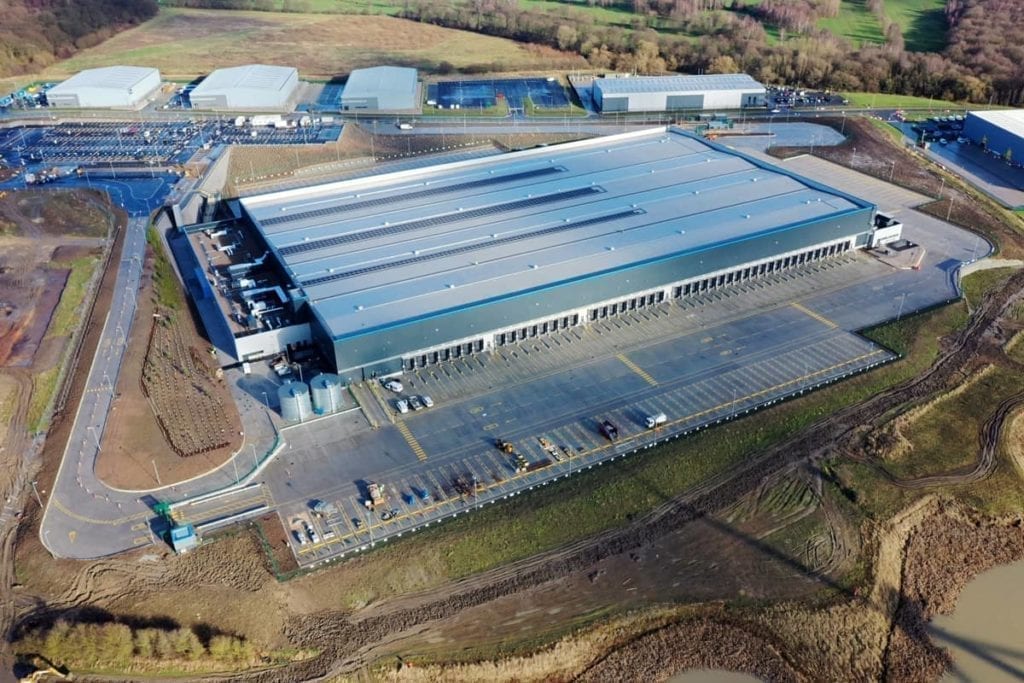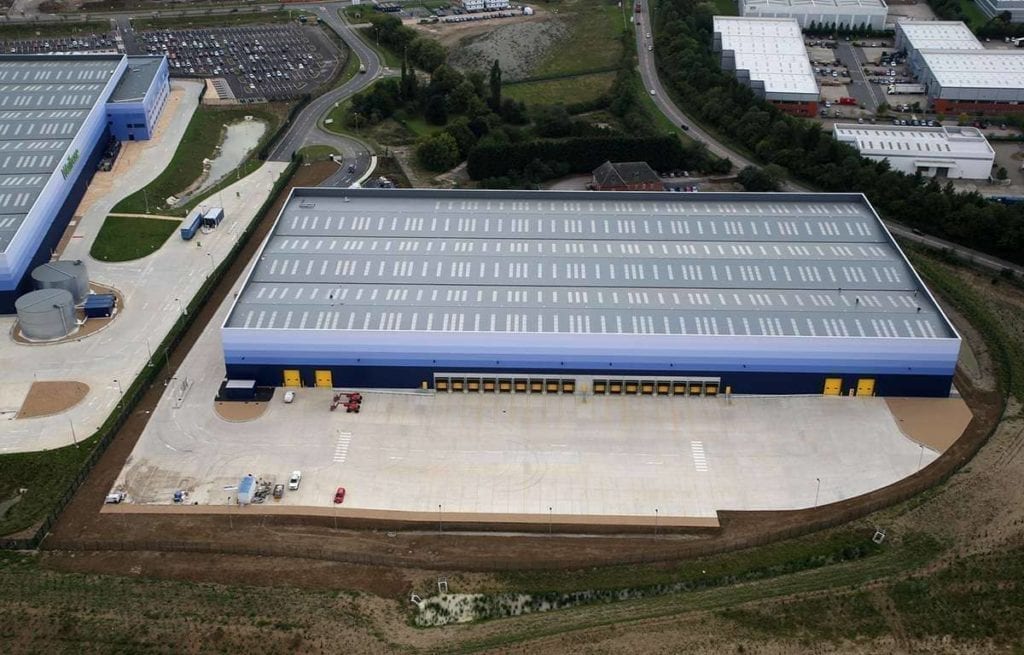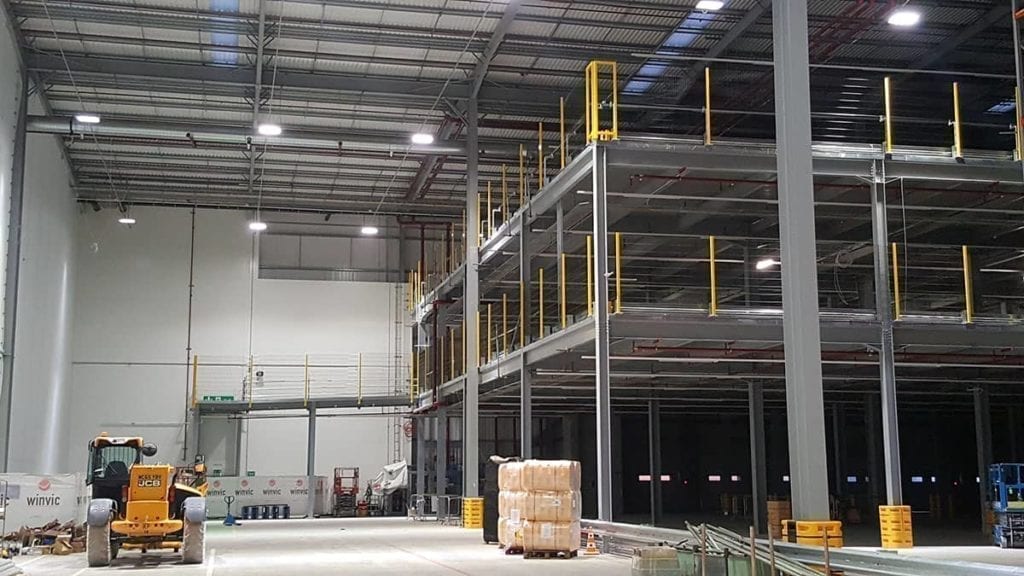Finding ways to protect your staff, visitors and workplace safety record is now a fundamental daily business practice. We’ve put together some steps to take to help you foster a safe workplace culture – from simple yet effective workplace safety products, to a full workplace safety checklist.
Statistics on workplace accidents in the UK highlight that more needs to be done to protect people in their place of employment. Particularly in high-risk work environments, where site visitors are also vulnerable to injury.
The figures on workplace safety failures are still shocking when you consider the low-cost safety products and simple measures that could reduce their numbers significantly. According to the HSE, 142 workers were killed ‘on the job’ and 441,000 sustained injuries at work in 2020/21.
Serious issues of this nature are also bound to create residual effects like business interruption, productivity reduction, costs and loss of reputation too. Further emphasising that there is no room for complacency.
So, let’s revisit the fundamental steps needed to build workplace safety and create a safe working environment.
1. Regular meetings on workplace safety
Weekly safety meetings on protection and compliance issues could involve working through your workplace safety checklist.
It’s important to discuss roles and responsibilities for checking and maintaining such things as:
- Placement and integrity of pedestrian safety products. Have new trip, slip or fall hazards arisen, or could incursion on new or infrequently used machinery create a risk?
- Workloads and priorities for the week that could impact the site’s use of traffic safety products. Do you need to update or move safety barriers for example?
- Plus, safety meetings are a good opportunity to ensure your employees are informed and up to date when it comes to industrial safety products to prioritise in 2022 and beyond.
2. Continuously refreshed training
Training your staff properly when it comes to workplace safety, should absolutely be a priority. However, your efforts to create site-wide safety processes and procedures can be undone by an employee who unwittingly breaches them.
To mandate against momentary lapses in memory and concentration, constant safety awareness refreshers are needed. Alongside signage and information to constantly remind your team about potential risks and the best ways to avoid them.
3. Partnering with occupational clinicians
To be confident that you have managed every risk at your workplace decisively – and your staff are fully aware of the role they play – bringing in outside expertise is a wise approach.
Especially for places like busy warehouses, factories, and engineering and chemical plants, where operations are intense, complex and ever-shifting.
4. Constant checks on safety tools and regular equipment inspections
It is highly recommended that you create – and regularly update – a comprehensive list of all the tools and equipment you use to manage workplace safety. Including timescales for any replacements or inspections.
In a busy workplace, you can never assume everything is where it should be. It is advisable for safety officers to do spot checks frequently, to make sure equipment is instantly available to create a speedy and decisive response to safety issues.
5. Employee welfare measures – and breaks
This is one element of workplace safety that can get overlooked in periods of intense pressure or change. It comes down to creating a nurturing workplace culture in which employee health is a priority. You get staff who are more alert, energised and aware of their own obligations.
It could be as simple as encouraging 5 minute breaks for warehouse operatives or office staff, to ease muscle tension and loosen joints. This, in turn, reduces the potential for repetitive strain injuries.
6. Encourage employee discussion
This too is a cultural aspect of workplace safety 101. If you operate on the basis of ‘no blame, no shame’ and encourage staff to speak up about issues promptly, you have a better chance of tackling potential safety problems quickly.
Are your staff encouraged to flag up safety concerns and suggestions?
The big picture on workplace safety
This workplace safety 101 guide shows that companies need to balance overarching risk management, with drilling down on ways to mitigate against even the smallest site hazards. Including the issues that crop up when your organisation’s priorities, layout or processes change slightly.
Brandsafe has worked in partnership with architects and specifiers to create and maintain efficient and safe workspaces worldwide. Including via our RIBA-approved CPD seminars that keep industrial areas, warehouses, logistics and distribution centres updated.





